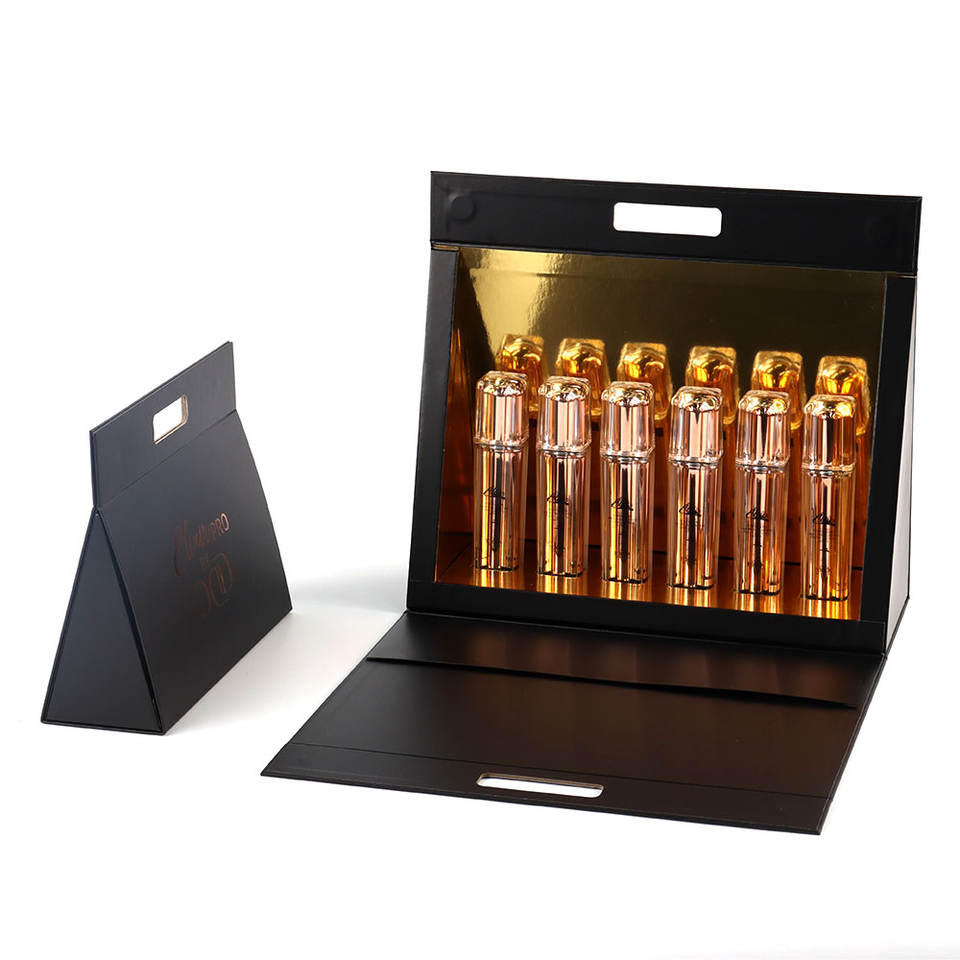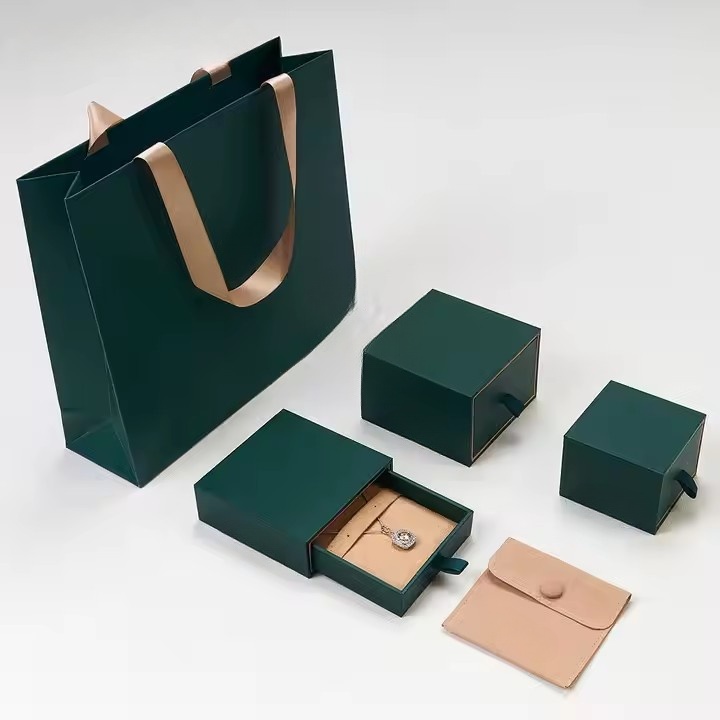In the dynamic landscape of rapid consumption, packaging transcends its traditional role, becoming a silent salesman that directly influences consumers’ perceptions. This article explores the pivotal link between packaging design and consumer psychology, emphasizing the need for a consumer-centric approach.
1.Understanding Consumer Needs:
Acknowledge Maslow’s Hierarchy of Needs, emphasizing physiological, safety, social, esteem, and self-actualization needs.
Relate these needs to the design process, recognizing that effective packaging resonates with the psychological demands of consumers.
2. Stimulating Consumer Interest:
Arousing human attention is the primary factor to enhance the effect of packaging, and it is also one of the important factors to strengthen the audience’s impression of packaging. Analysis from the psychological point of view, a packaging design to make the audience attention and can understand, comprehend, and form a fixed memory, these and on the human eye, ear sensory organs of the packaging in the text, color, graphics and other conditions of the novelty of the characteristics are inseparable.
3. Practicality and Convenience:
Most of the main psychological characteristics of consumer spending is still relatively pragmatic, consumers to the pursuit of goods “practical” and “affordable” and other practical use of the value of the main purpose, consumers to buy goods focus on the amount of commodities and utility, and strive for affordable, Durable, inexpensive, real, so like life in the common goods, should follow this design principle.
4. Novelty and Aesthetics:
Consumers have certain requirements on the quality of life generally have aesthetic psychology, pay attention to the shape of the commodity itself and the external packaging, but also to explore the artistic value of the commodity. Especially the main young groups of goods, the target consumers do not pay much attention to whether the goods are practical and the price is high or low, often attracted by the fashionable and novelty of the product packaging, resulting in the motivation to buy.
5. Socialization and Crowd Mentality:
The herd mentality of consumers are happy to cater to the popularity of the trend or follow the style of the role model, regardless of which consumer groups have a certain social demand. Therefore, consumers in the long-term purchase of goods in the corresponding activities will produce a more stereotyped emotional experience. Therefore, when designing packaging, designers should fully consider the target audience and their emotional appeal.
6. The Designer as a Psychologist:
The American industrial design master Mr. Lando once said: a good designer must be a shrewd psychologist. The design idea of packaging should be consumer-centered, and find ways to stimulate and satisfy the psychological needs of consumers.
As the market evolves, packaging design emerges as a powerful tool to connect with consumers on a psychological level. By understanding and integrating consumer needs into the design process, businesses can transform their packaging into a compelling and effective element in the consumer’s purchasing journey.







